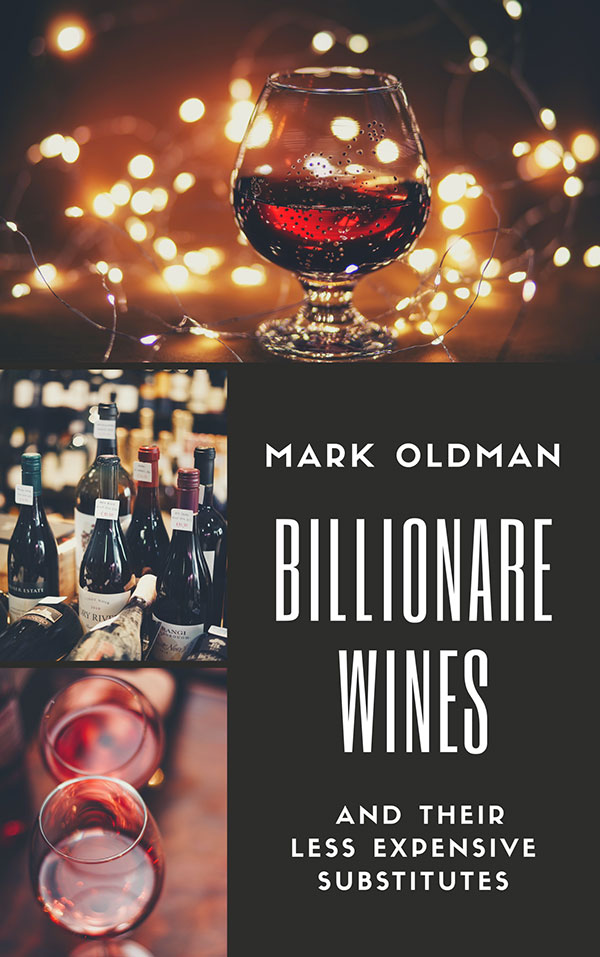Chill out: While dining out a few nights ago, I ordered a bottle of the 2005 Beaujolais Nouveau, the feel-good elixir released annually every third Thursday in November.
When the bottle was delivered to the table at room temperature, I asked our server to put it on ice for a few minutes. She eyeballed me as if I asked her to transgress the laws of nature, then shot me a “suit yourself” look and swiped the bottle back.
What my server didn’t know – and many wine lovers never learn — is that light reds like Beaujolais Nouveau carry a chill as jazzily as Aretha Franklin carries a tune. Not only will time on ice make these wines more refreshing, but they will become less overtly alcoholic, or “hot,” in winespeak. And because wines like Beaujolais are low in tannin (the main source of bitterness in red wine), you don’t have to worry about the cooler temperature accentuating their sensation of tannin like it would with more richer, more astringent types like Cabernet Sauvignon and Barolo. So versatile are these gentle reds that in Oldman’s Guide I call them the “Very Chillable Crossdressers”: they are like whites masquerading as reds.
NUGGET TO KNOW
Don’t hestiate to ice down your reds a bit if they are light-bodied and spare on tannin. Qualifying reds include Beaujolais Nouveau (and other types of Beaujolais such as Beaujolais-Villages and Fleurie) as well as light-style renditions of Pinot Noir, Dolcetto, Chinon, and Rioja Crianza.
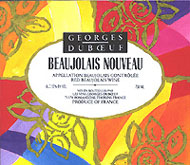 Producer: Georges Duboeuf
Producer: Georges Duboeuf
Wine: Beaujolais Nouveau
Vintage: 2005
Cost: $9
Track it down: virtually everywhere
This wine is the real zing, with sling-shot hits of raspberries, blueberries, and other exuberant, shirt-staining fruits. Its abundant (but not excessive) acidity gets your juices revved up for all manner of bistro fare, including onion soup gratinee, coq-au-vent, and boeuf bourguignon. It also makes a perfect quaffing partner with lobster rolls, hot dogs, chicken nuggets, pulled pork, and other medium-weight dishes that cotton to the wine’s zesty-berry ebullience.



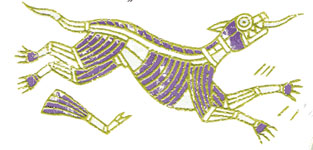
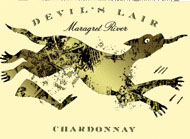 Producer: Devil’s Lair (Australia)
Producer: Devil’s Lair (Australia)

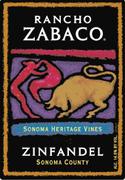 Producer: Rancho Zabaco (Sonoma, CA)
Producer: Rancho Zabaco (Sonoma, CA) Producer: Bodega Numanthia-Termes (Spain)
Producer: Bodega Numanthia-Termes (Spain)